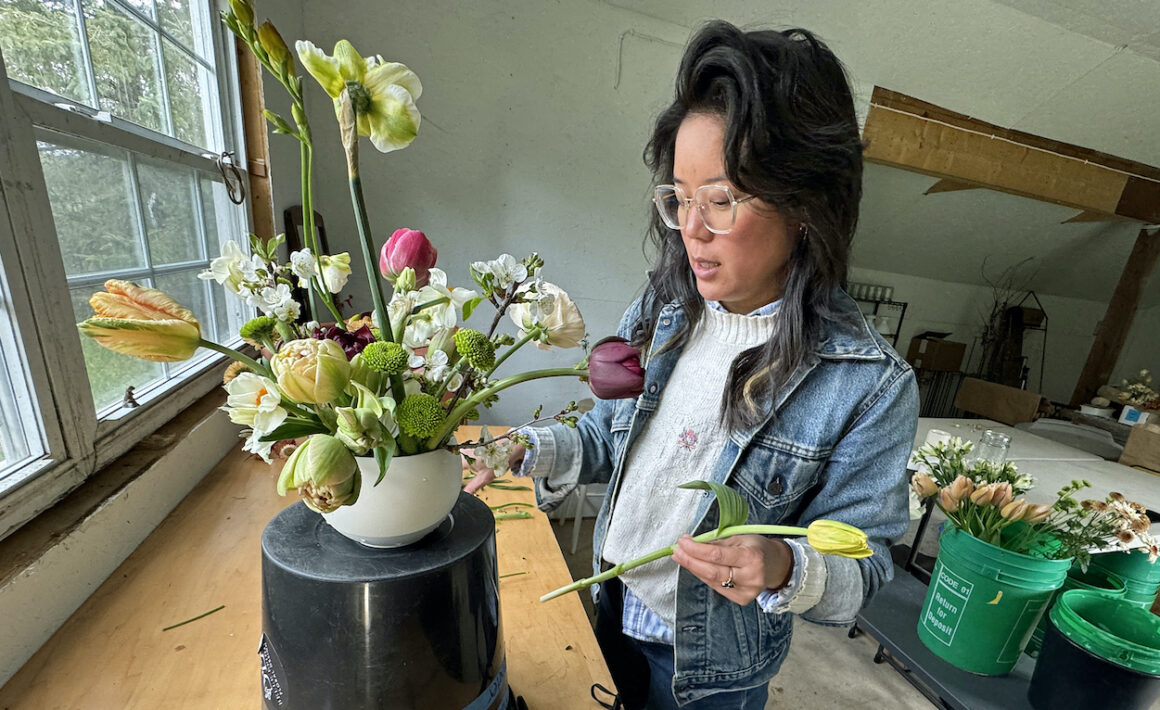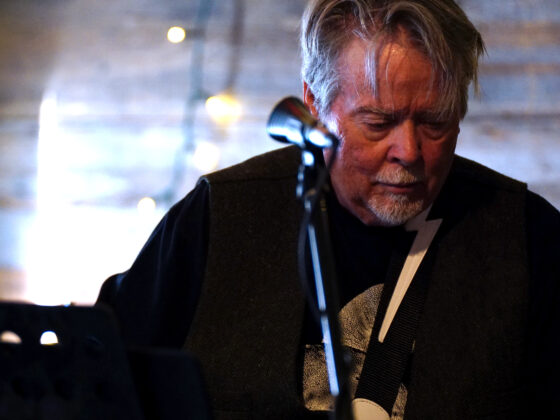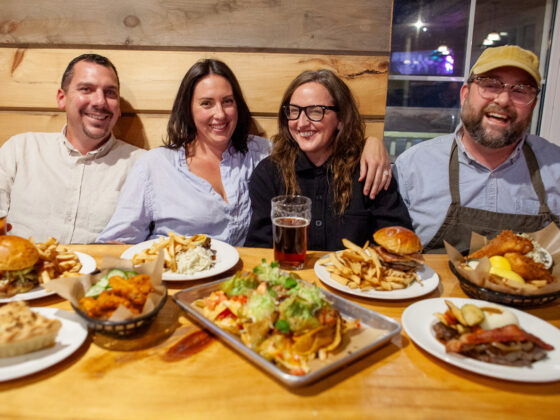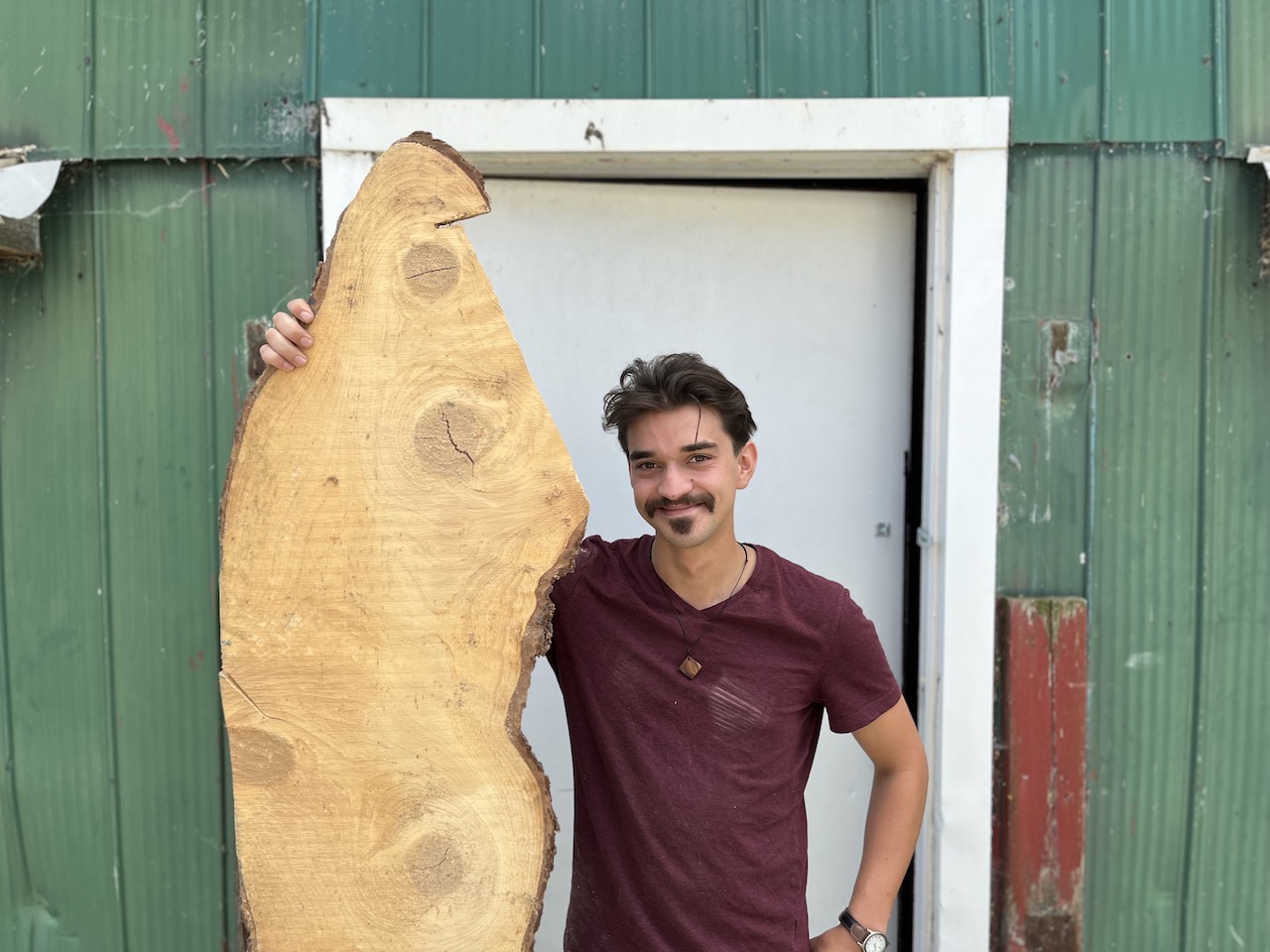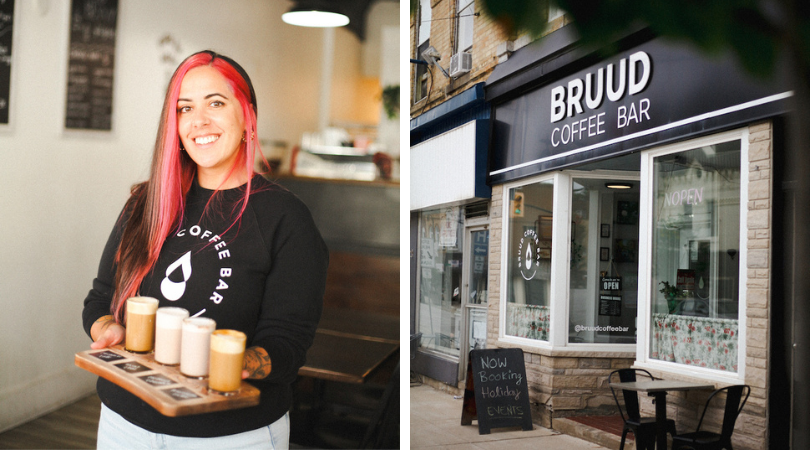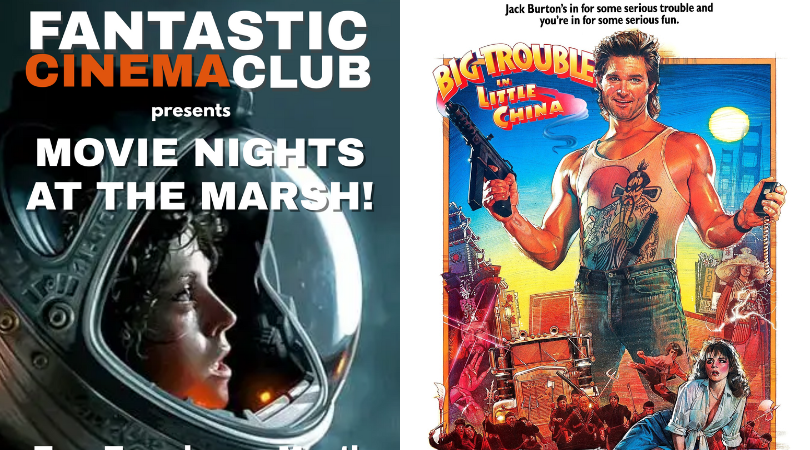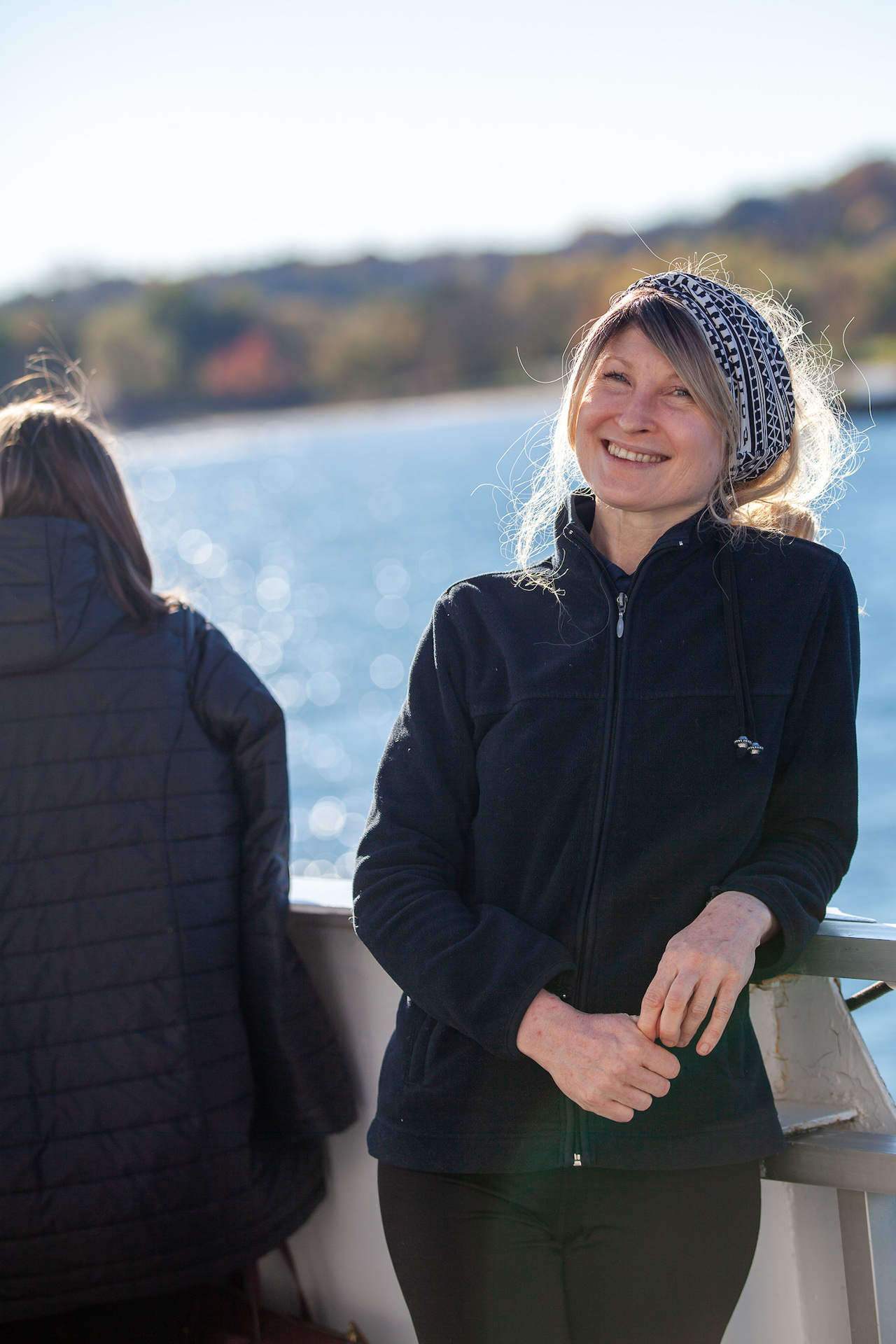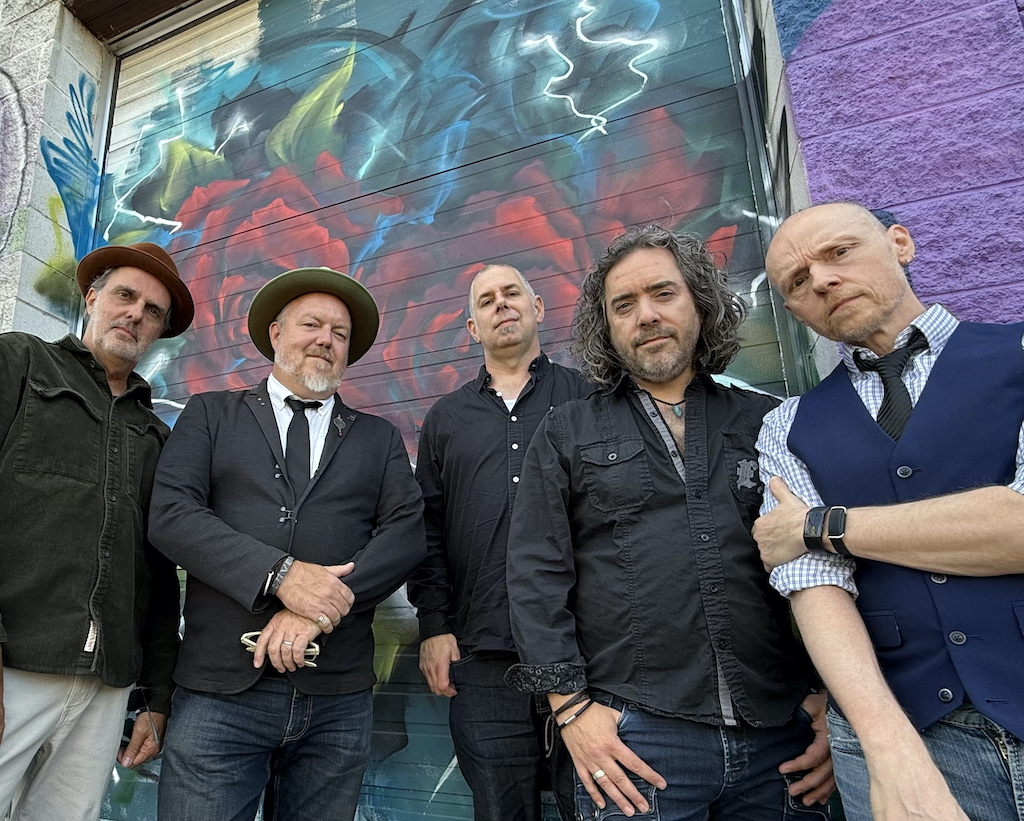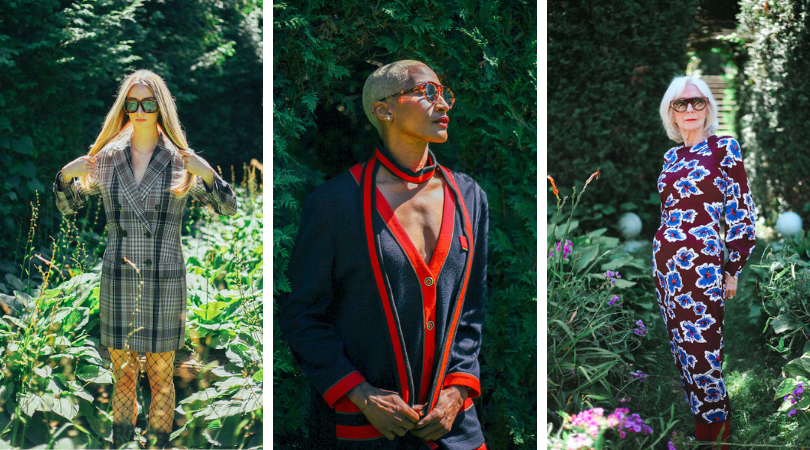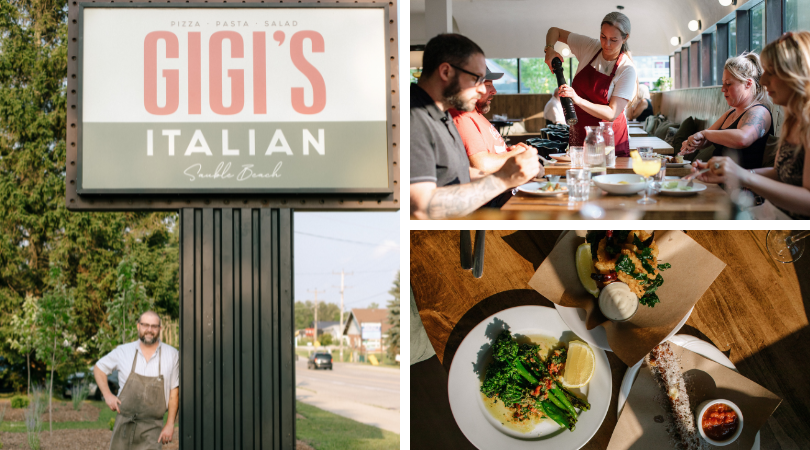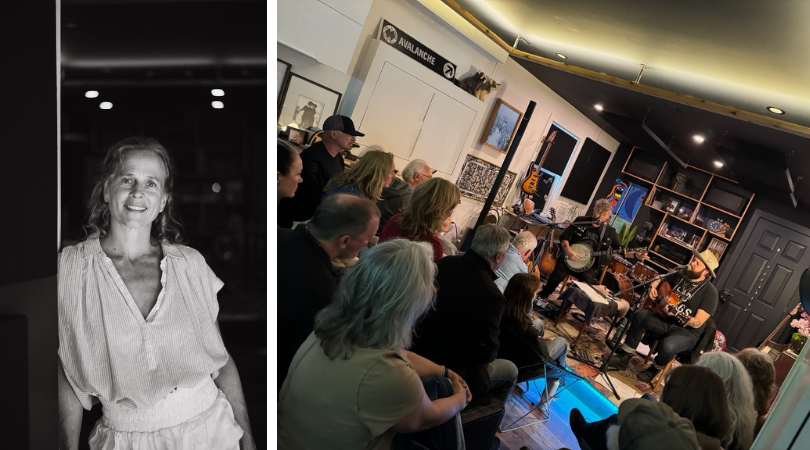Artist Bio
Rachel Kwan is a floral designer and founder of Euclid Design Co, a creative studio providing full-service event flowers and copper backdrop structures. The business was founded out of a need to problem-solve for her own wedding, and that’s where the passion for both flowers and making copper art was born. She built a copper backdrop on a friend’s outdoor patio and arranged all of the ceremony and reception flowers for her wedding. Friends started to inquire and refer people they knew, and Rachel realized that she had found a vocation that she could fall in love with.
Already acquainted with this area through rock climbing, Rachel and her husband began their transition from Toronto to the South Georgian Bay region in 2018, eventually purchasing a home and studio on the east side of the Beaver Valley overlooking Kimberley. From here, using local sourced flowers and material, she designs and creates her floral art delivering the finished works to Collingwood, Creemore, Thornbury, the Blue Mountains, Grey Highlands, and beyond.
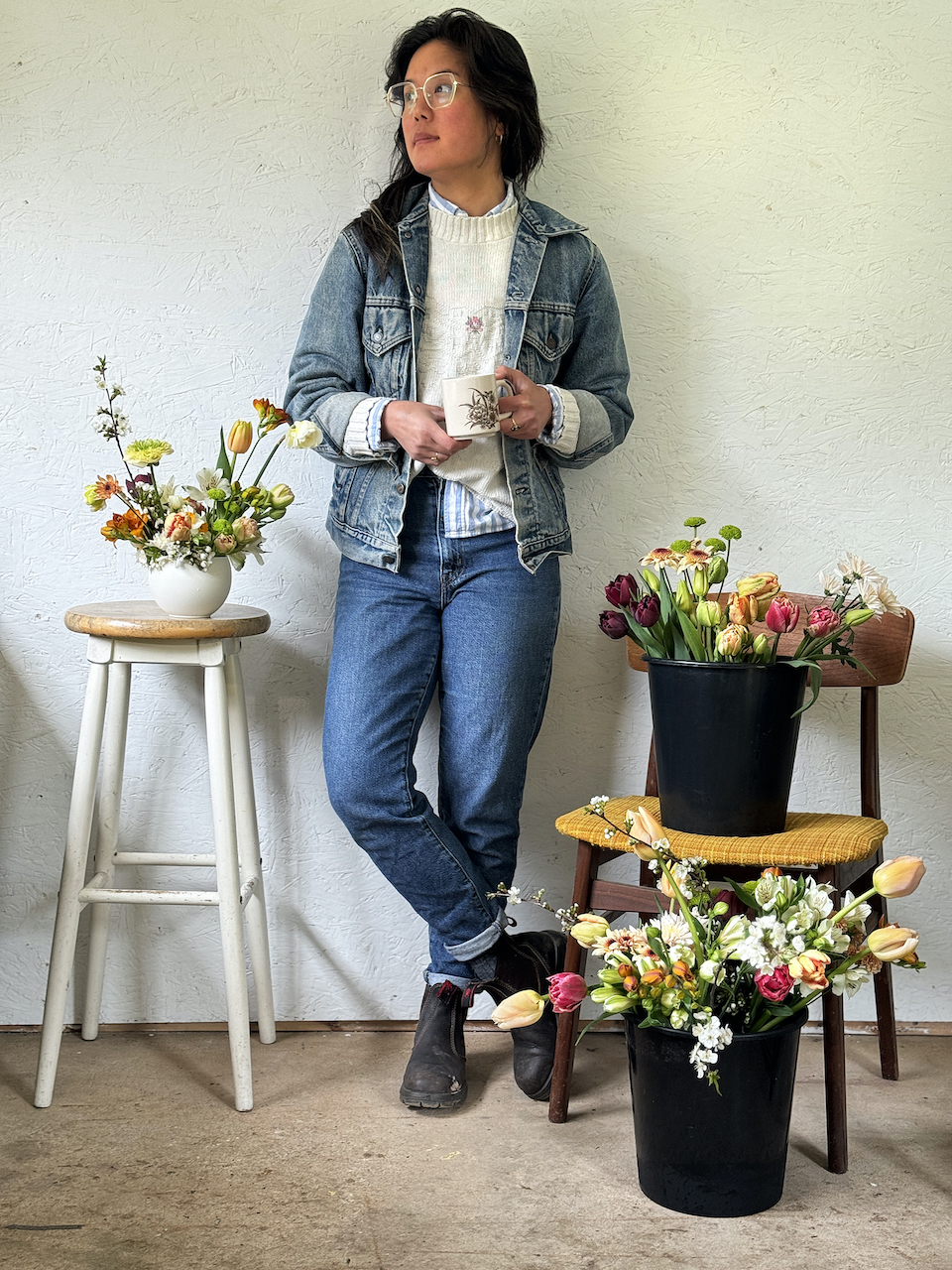
Why an artist?
I often still refuse the title of “artist.” At most I acquiesce to “creative.” Creative feels like movement; it feels generative. So, most days I think, “I am making”; I make primarily with flowers. Other days, I make with words; and on other days still, I make with textiles – embroidery, crochet, and such.
The art I make starts with seeing. I see colour, texture, shape, the line of a branch, the conversation between hues between two blooms. Floral design is often called flower arranging, which I suspect is a funny way to diminish its aesthetic value or the technical skill required to make something pleasing to the senses. But a word, an act, a noun, like “composition” – this is a word my work shares with many art practices fitting more comfortably in a typical definition. Because I do compose. I design through planning and deliberation and intention and feeling. And I care about these materials. I love my materials immensely. I handle every stem that comes into the studio. I touch my materials, and I touch them to take care of them. What does it mean to touch every flower, to care for it, to maximize its beauty? It’s funny to think of it that way.
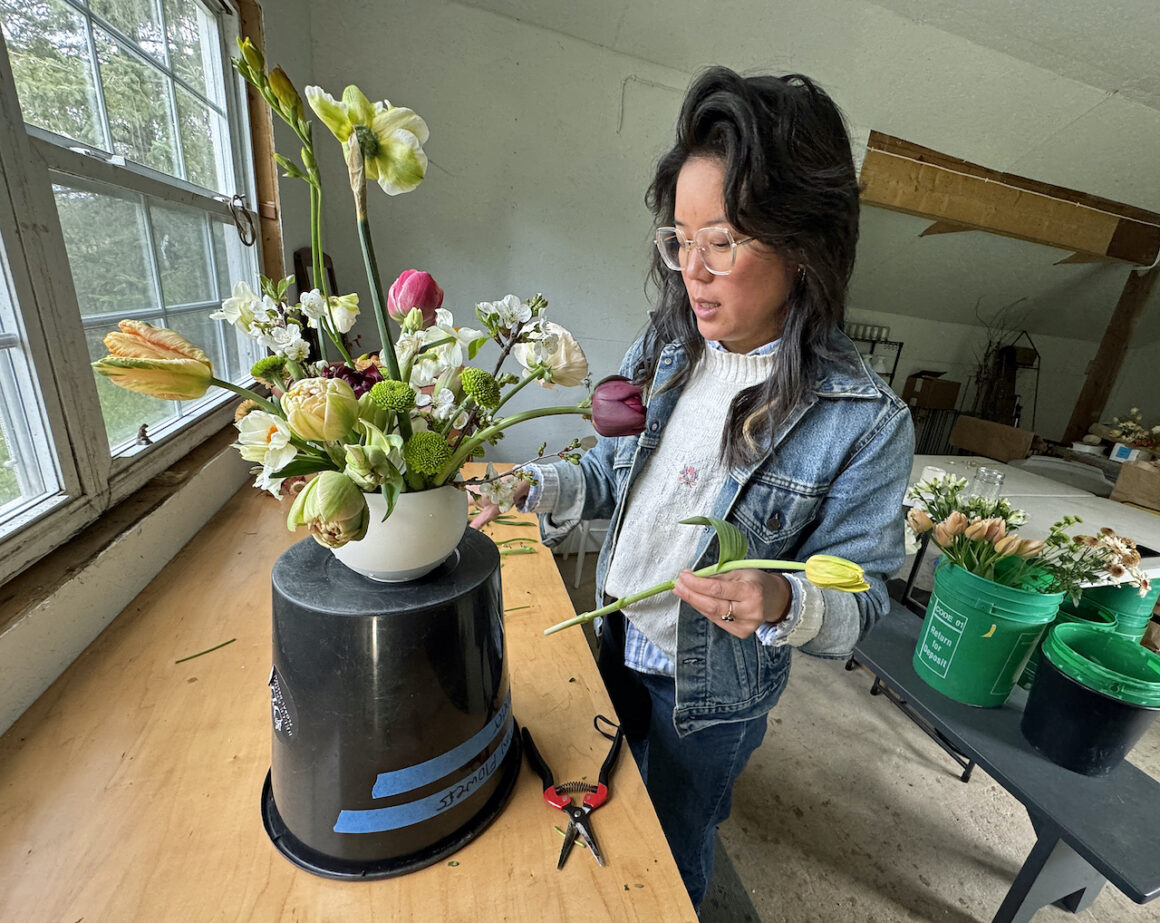
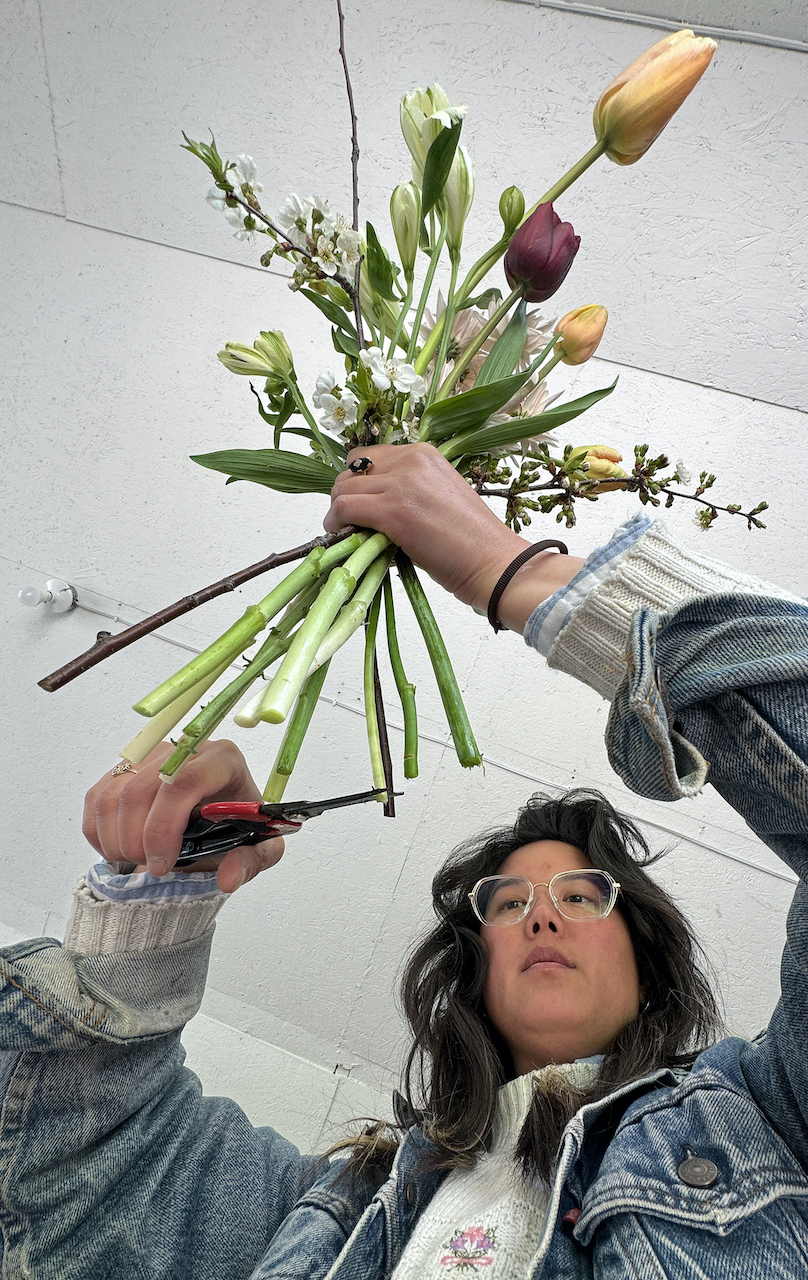
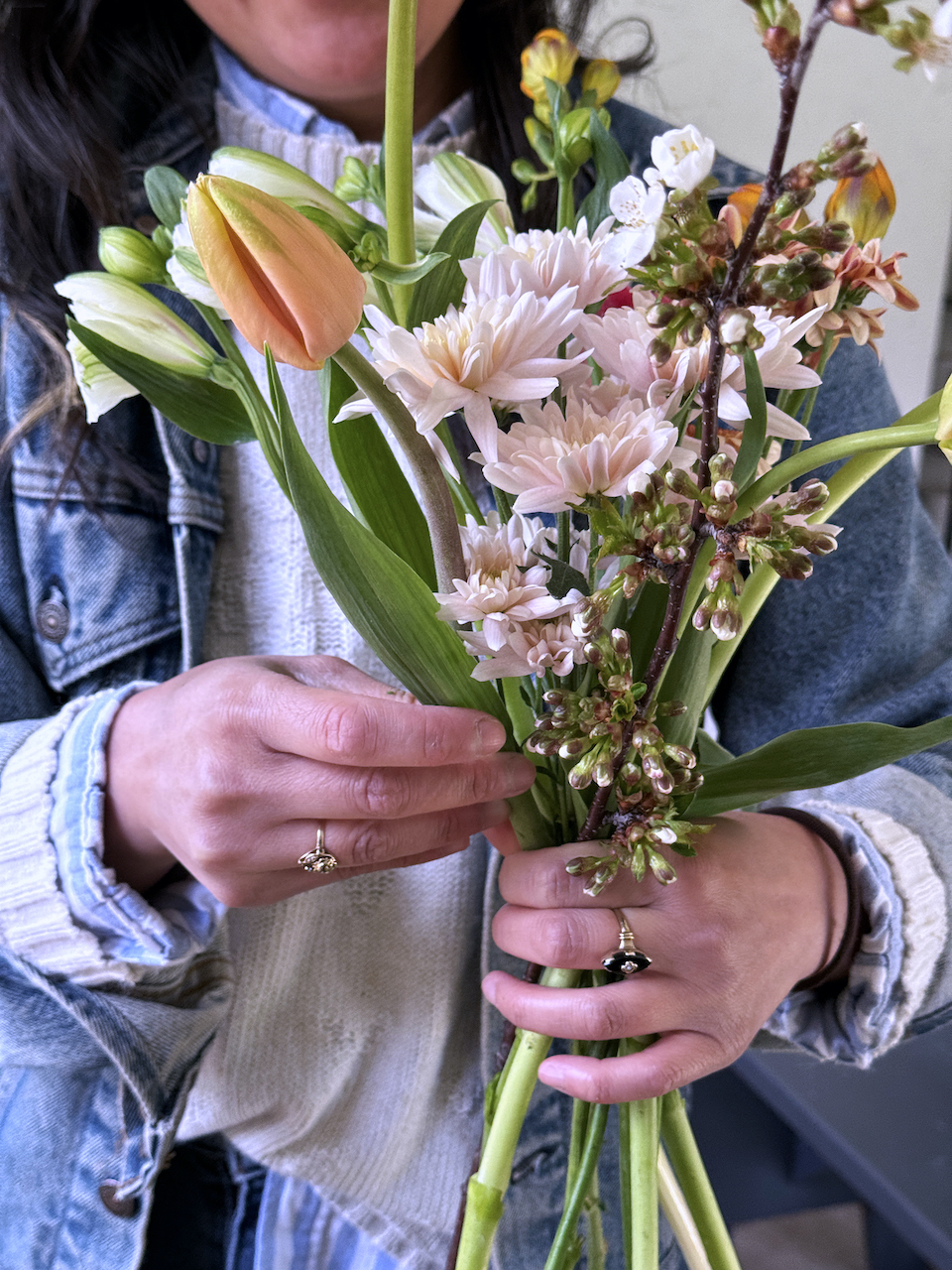
I think, in my medium of flowers, there is a perishable urgency that gives another dimension of aesthetic experience. These materials are physically delicate and the time to enjoy them in their lush and blooming form is fleeting.
My materials are enchanting perhaps because of my relationship with them, and your relationship with them must be dynamic. I cannot begin this work and return to it weeks or even days later. Even hours can matter when the conditions are hot, dry or windy. So the pleasure of working with flowers and the multisensory experience of them calls for presence. Yes, you may view this in a gallery; but what if you also smelled the perfume of this stem of freesia as you walked by your entryway table? Does that change how you perceive its beauty? And the feel of the soft, skin-like petal of a tulip between your fingertips; the way the stems squeak when you pick them up or strip off the leaves. Flowers demand presence. They demand sensory commitment. When I work with them, I feel utterly embodied and I am frequently in a flow state. And when others experience them, I think they are invited to be present as well.
But there’s another side of this art that I find fascinating. It’s an accessible medium. I could be trite and reductive and say that everyone loves flowers. At some level, this is true. Everyone can love flowers. Flowers are naked interpretation. There is no hidden meaning beyond your enjoyment of them, you don’t need technical skill to take pleasure from them. But also, nearly everyone can gift flowers, and often, flowers are the means to share emotion between people. I get to be a part of this. My creativity is a bridge for connection and community and shared experiences. It’s really lovely.
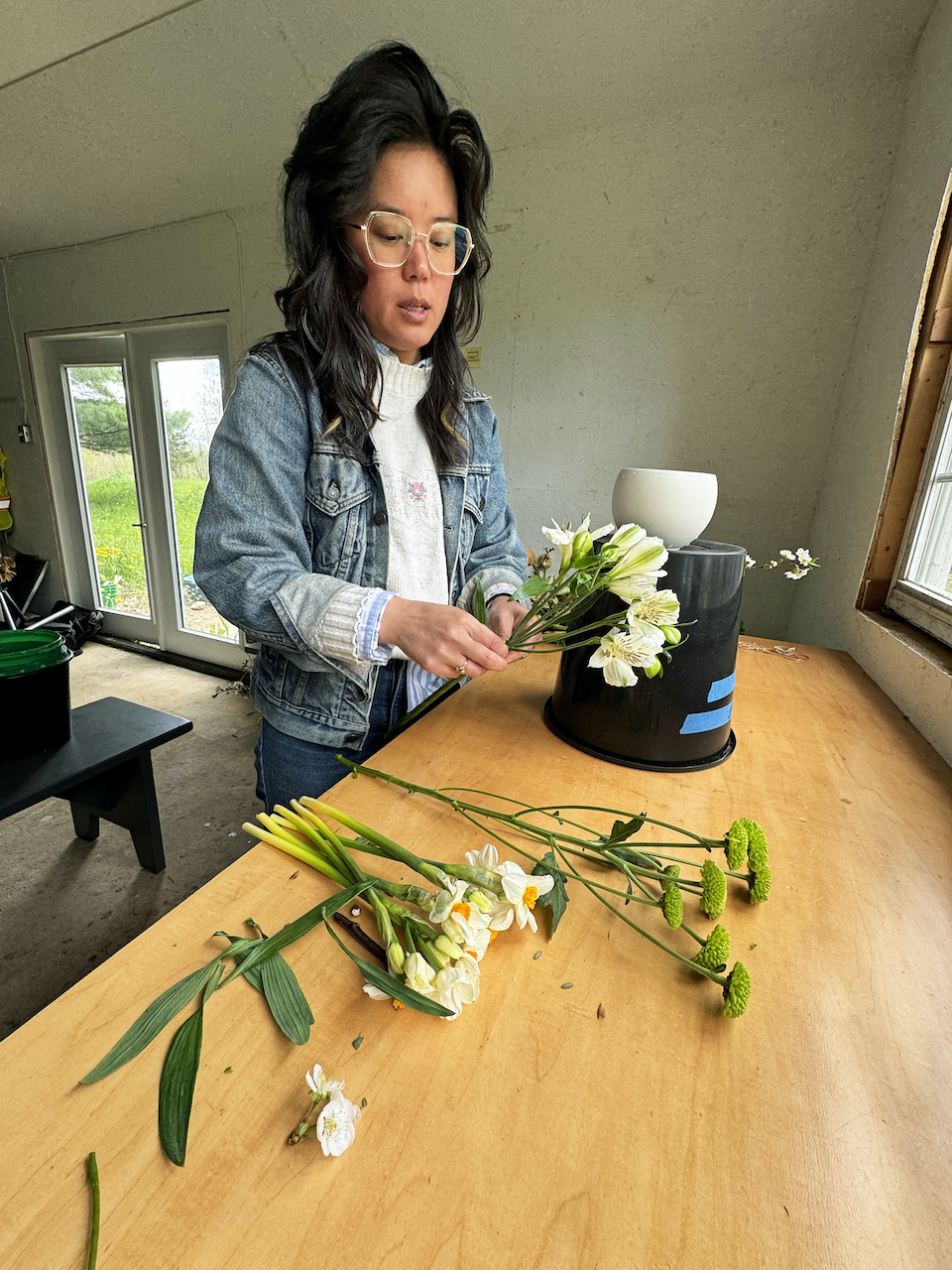
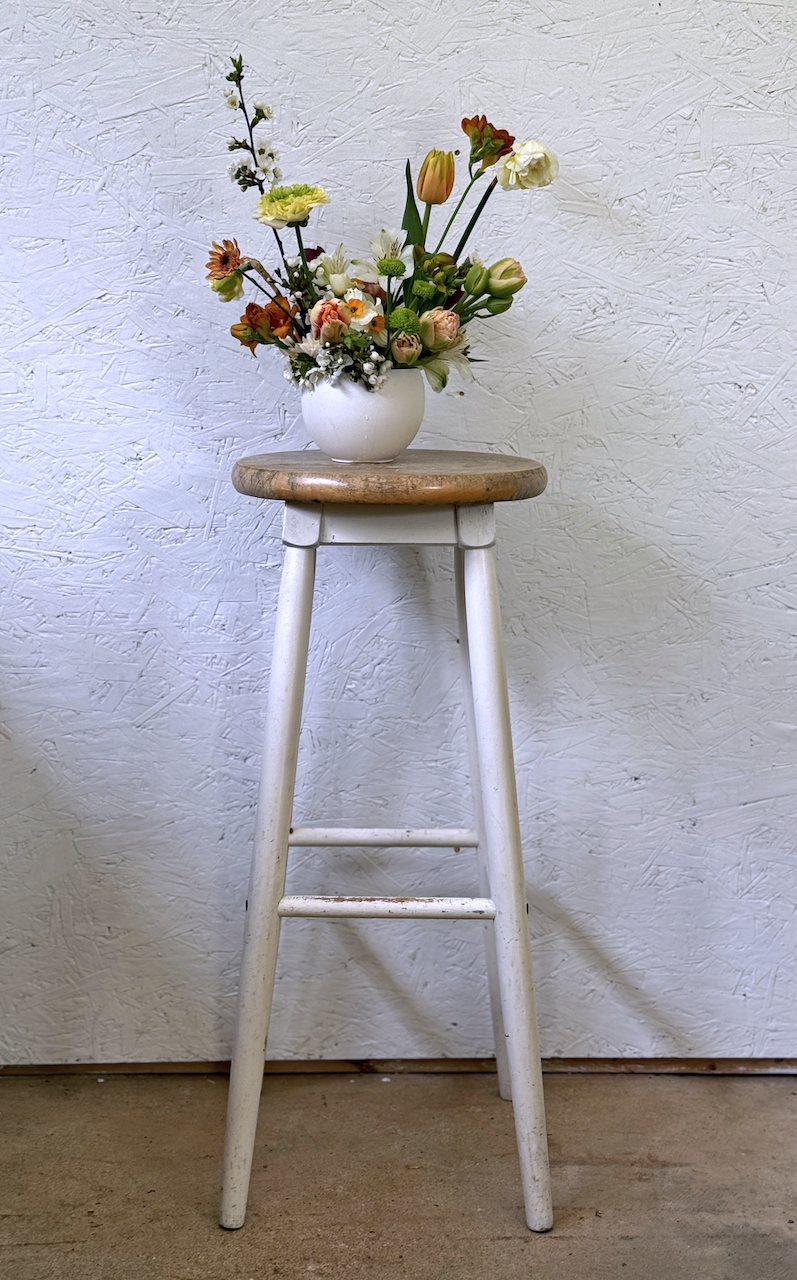
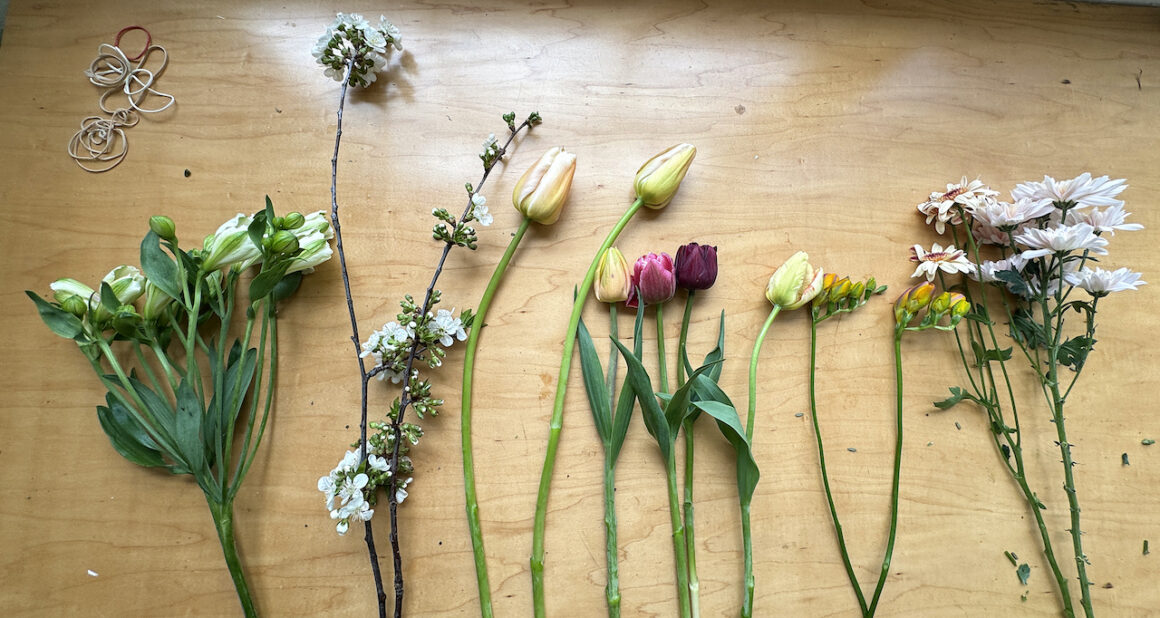
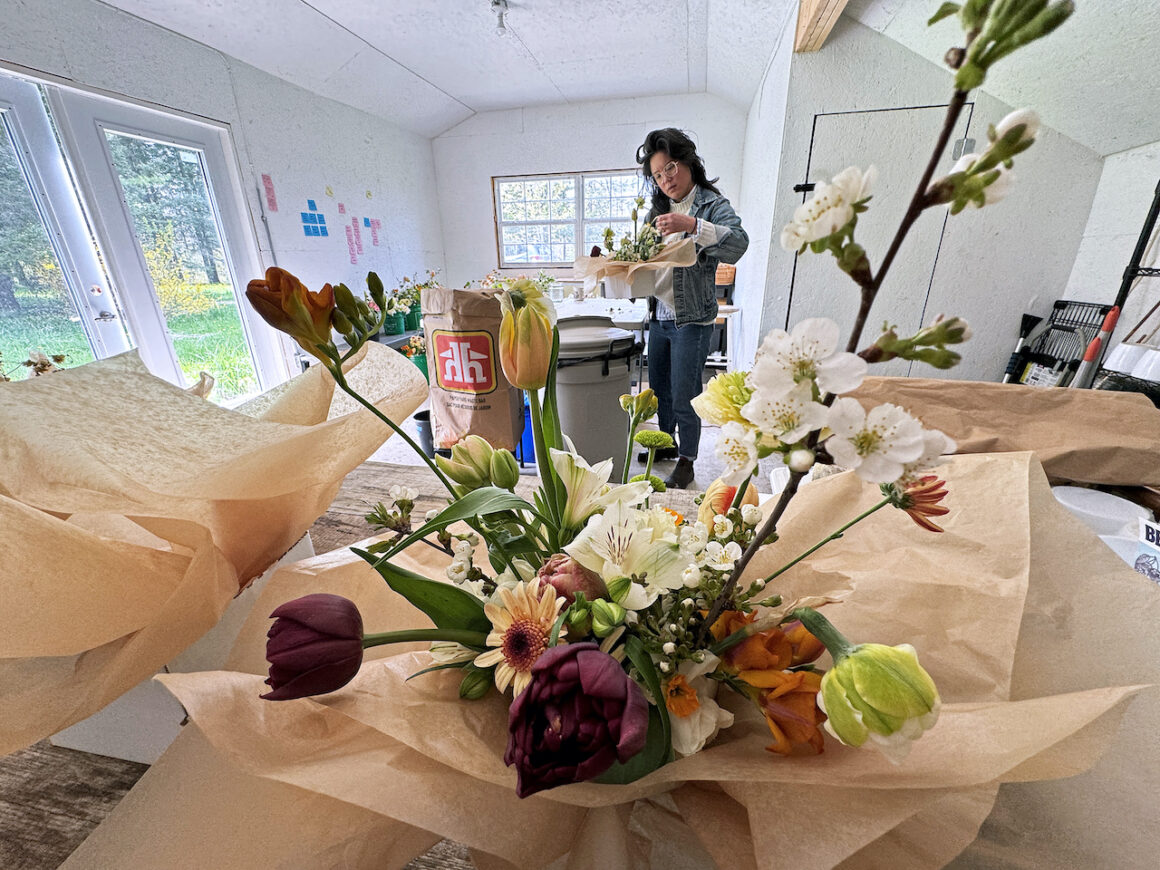
From the point of view of how my art is made, I’m very conscious of the way that my creative practice and my work is immersed in a broader context of environmental considerations. Inherently because of my materials, and where I live, and where the studio is. Climate change, water pollution, and the impact of single-use plastic is right there. The microplastic from floral foam – if I use it at my studio, it goes into my drinking water, into the drinking water at my client’s home. So, it’s non-negotiable; it never comes into my work. Bringing in flowers from overseas, where there’s much less environmental or labour oversight, where I’m extracting local resources from a whole continent away, that’s just not right for me. My creativity needs to extend to how I create, not simply what I create.
I think about the brief life that my work lives out, and it saps my creative energy and hurts my heart that it should create these broader consequences. There are ways I’ve chosen to work that might be called creative constraints, but that’s all right. It’s part of the art for me.
Words and photos by Willy Waterton

